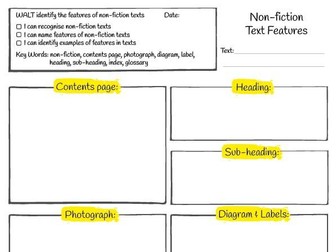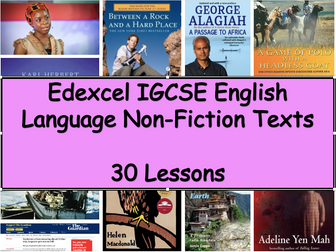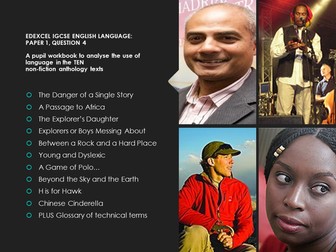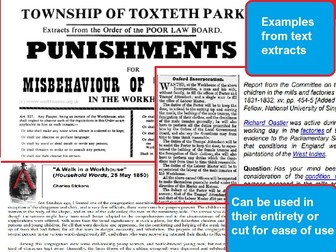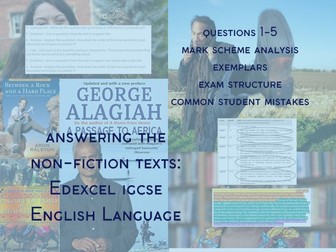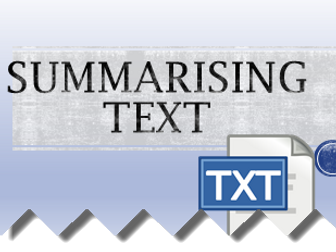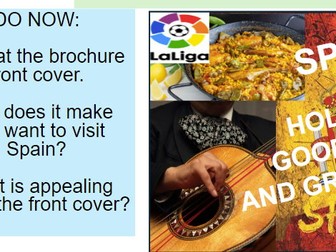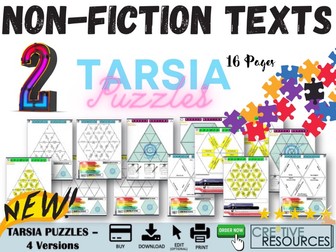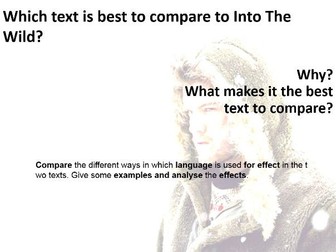
Identifying Features of Non-Fiction Texts
After you’ve looked at non-fiction text features, see if your students can identify examples of the text features independently. Grab an appropriate level non-fiction text and get started!
Happy teaching & learning!
Be purposeful teachers
Who are in control
Feel inspired
And knows they’ve done enough.
☆ If you found this product helpful, please leave a review below!
@attheminute.teaching
